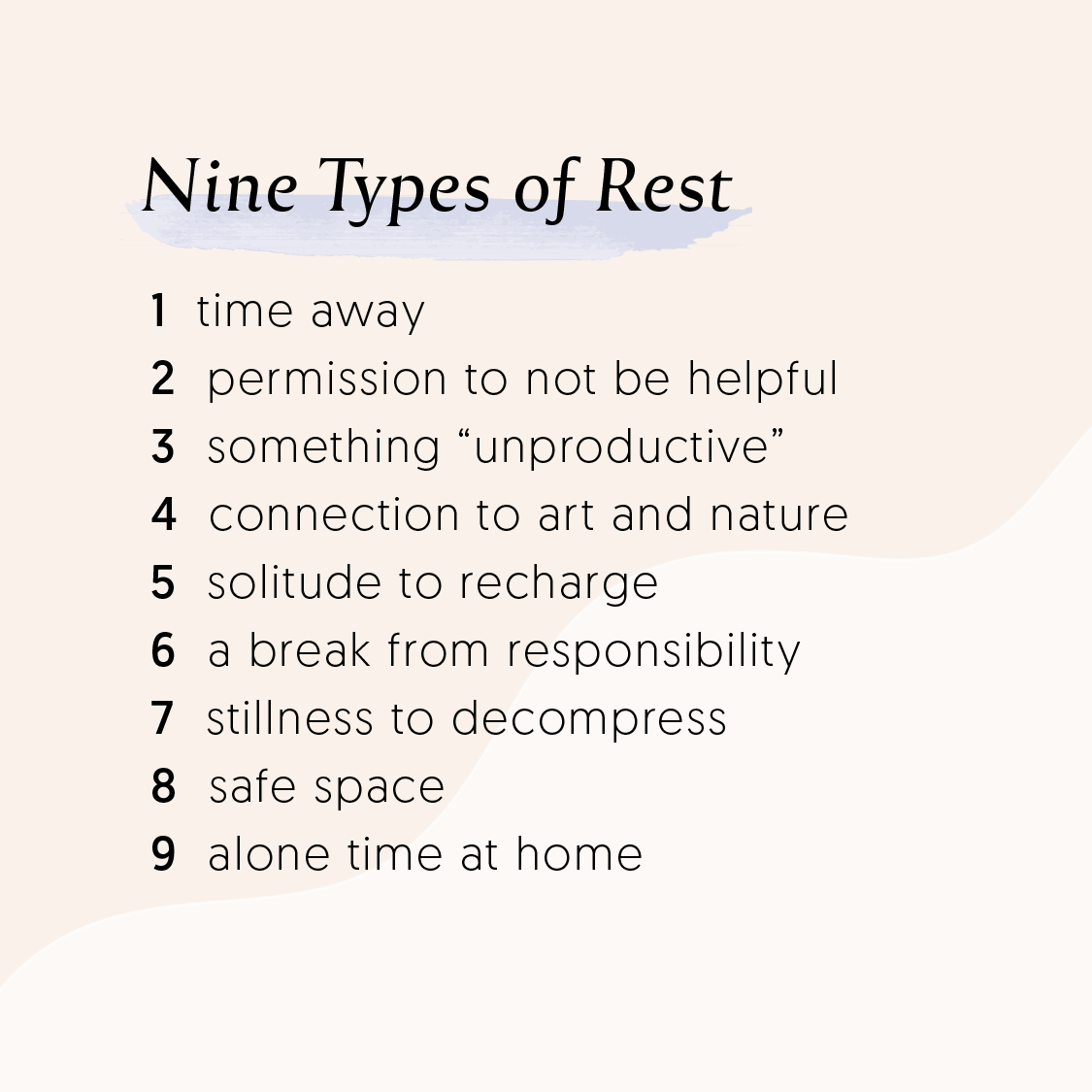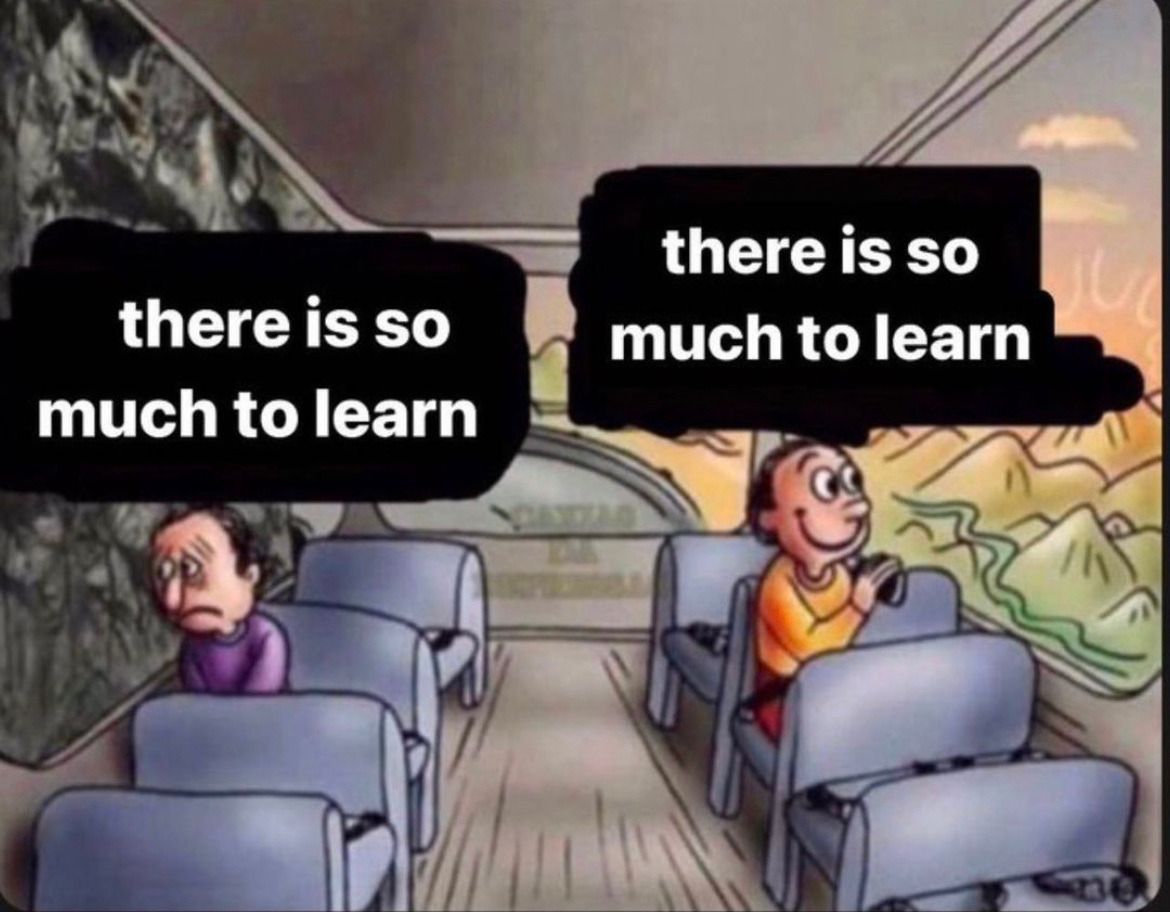Issue 61: Consistency over intensity
Last week, I hit a 365 day streak on Duolingo! I initially started by brushing up on my Mandarin, and when I completed that course in a few months, I started learning Spanish. Over the last year, I’ve usually dedicated 10-30 minutes every day to Duolingo. Some days, particularly those where I employed the app as productive procrastination, I would do multiple lessons and rounds of Match Madness. Other days, I would only do the bare minimum of one lesson. The weirdest place I ever did Duolingo was in the bathroom of my friends’ wedding at 11:54pm, whispering into my phone “disfruta el fin de semana.”
I was talking about Duolingo recently with my therapist as an example of a successful habit formation. Why couldn’t I apply that in other areas of my life? She then said something that I have since written down on a Post-It note and kept taped above my desk: the goal is consistency, not volume or intensity.
She explained that it’s hard to build consistency when life is complicated and we have a high bar. The solution? Lower the bar. Aim for regularity. Consistency has a cumulative effect, but it takes time, patience, and repeated commitment to see the impact.
But something I’m increasingly cognizant of is balancing consistency with not getting caught up in “bad gamification.” In a recent issue of Anne Helen Petersen’s Culture Study, she interviewed game designer Adrian Hon about the topic. Hon explains that gamification itself isn’t bad, but “the problem is when gamification—the use of ideas from game design for non-game purposes—expands beyond the bounds we consciously set.”
The way to design these things differently is to account for and respect the rhythms that exist in our lives. That means removing streaks from most apps and games: we shouldn’t reward people for running or playing or even writing 100 days in a row. Designers should recognise that people will need breaks and ensure their apps don’t punish people for being human.
I felt severely called out for my daily appeasement of Duo the owl, but there was also a pang of recognition in Hon’s recommendation, particularly the idea that we need to “account for and respect the rhythms that exist in our lives.” When it comes to consistency, I’ve often only thought about it in the context of productivity and output. But lately, I’ve also been thinking about it in relation to rest.
I must be honest. I haven’t been good about building rest into my life. While this year has been one of my most outwardly “productive” writing years, it’s also been one of the worst years in terms of work/life balance. A lot of that has been due to my job. But part of that has also been because even when I have free time, I’m using it for a different kind of work. I write on nights and weekends. I use my PTO for writing workshops. I don’t necessarily regret any of it because it’s been enjoyable and instructive, but I know it’s not sustainable.
Going into next year, I’m revisiting the nine types of rest that a coworker once shared in Slack. I want to identify the types of rest I most need and figure out ways of incorporating them more steadily into my routine.

I loved Mandy Brown’s reflection on treating rest not as something on the periphery of our lives, but as a central, sacred practice:
And what if rest wasn’t only something on the edges of work—not only evenings and weekends, but in the interstitial moments, in the gaps between tasks or calls, in the stillness that’s always nearby even when we refuse to acknowledge it. What if rest was like breathing, something you always and ever return to?
I’ve generally worked in spurts or seasons, particularly when meeting deadlines for submissions or applications. I’ve found this to work pretty well, especially when working on short stories where it’s easier to write or revise in a handful of sittings, then letting the draft sit before returning to it with fresh eyes. But I’d like to embark on a longer project next year, and finding ways of staying in or adjacent to the work will be important. My longest stretch of consistent writing was in early 2021 when I was replotting part of a novel draft. I may revisit the checkmarks strategy. If I do, I’ll care less about the “streak” aspect of it and instead build in more regular stretches of rest. Just as I can return to my writing, I can also return to types of restoration.
Consistency over intensity. Account for the rhythms of your life with compassion, not punishment. As I’ve come to think of it, embrace “slow cooker writing.” Better to go low and slow than risk burning out completely.


Creative resources
- A great essay by Rose Eveleth, host and producer of the podcast Flash Forward, on project endings.
- Moot Point, a new literary magazine, put together a great overview and list of writing workshops and residencies.
- MM Carrigan, founder of the superb Taco Bell Quarterly (which published my weird rom com short story), on building a social media following: “I don’t believe in the idea that writers are supposed to be reclusive and solitary. I think it’s another one of the gatekeepers. We thrive in troupes. Let’s reveal our tricks. The literary world needs more transparency and fewer illusions.”
- A phenomenal profile of Octavia E. Butler by E. Alex Jung. Plus, a few artists discuss how Butler’s work has inspired them.
Recent reads & other media
I read Judy Blume’s classic, Are You There God? It's Me, Margaret, which I found in E’s house while we were raiding his old bookshelves over Thanksgiving. I finished The Anatomy of Story by John Truby, which was a bit like reading a textbook. But I found his advice on character webs, the “inverted triangle” of scene construction, and writing moral dialogue without sounding preachy to be very useful.
I was thinking a lot about those elements as I read Tomorrow, and Tomorrow, and Tomorrow by Gabrielle Zevin. Multiple friends recommended it to me, and it was as heart-wrenching and engrossing as they all said it would be. When I was a teenager, I loved Zevin’s YA book, Elsewhere, about a girl who dies and then ages backwards in the afterlife. Tomorrow, and Tomorrow, and Tomorrow is equally life-affirming and explores grief, spanning a decades-long friendship between two video game designers. I loved how Zevin examined not only the resonance and depth of video games, but also of friendship, work, and creative partnerships and fulfillment. Her author website also has a version of one of the character’s fictional games, EmilyBlaster!
My sister and I watched Black Panther: Wakanda Forever. E and I watched Phantom Thread, which was sublime and sensual, and I find myself quoting snippets of it endlessly. We also watched a few “eat the rich” movies: Glass Onion, the ambitious and fun sequel to Knives Out, and The Menu, a thriller/satire that takes aim at prestige food and classism in the hospitality industry. I found The Menu really funny, squeamish, and satisfying. (Ralph Fiennes even gets his own Ratatouille moment!)
Note: Book links are connected to my Bookshop affiliate page. If you purchase a book from there, you'll be supporting my work and local independent bookstores!
~ meme myself and i ~
Keep a napkin book handy. Soothing Snoopy sound effects. Yoshi the cat is jealous of hugs. Citing sources with three or more authors. Jeff Goldblum experiences Pocky for the first time. Trauma caused by older sisters.

